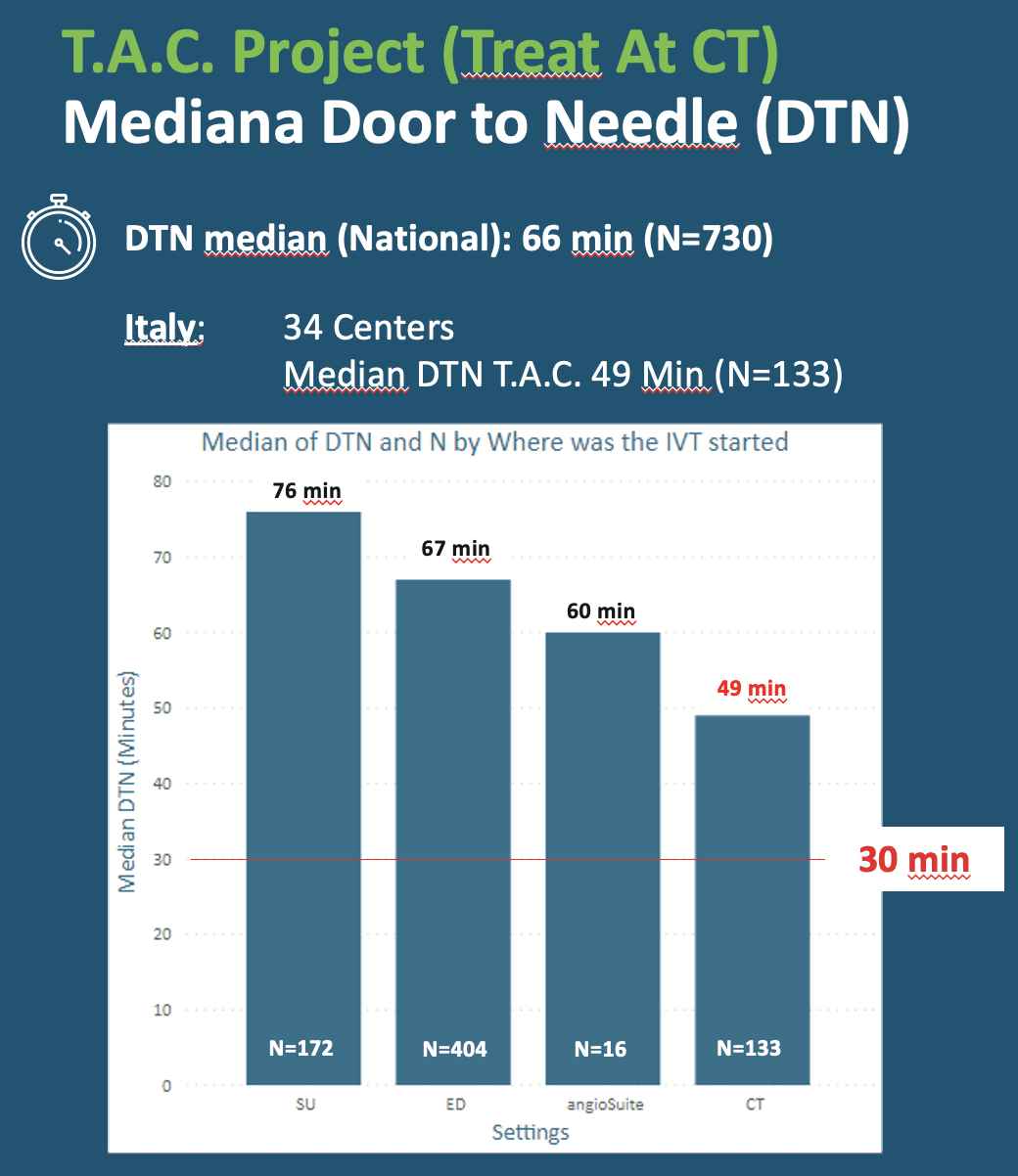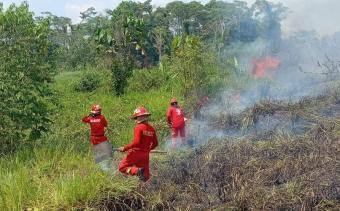Data is powerful, but data made visible has the power to convince, to influence behaviour and even save lives. This is but one of the lessons to emerge from an ambitious quality improvement programme in Italy.

The Russian author Ivan Turgenev once wrote: “The drawing shows me at one glance what might be spread over 10 pages in a book.” Somewhat earlier, Napoleon Bonaparte had expressed the same thought more succinctly: “Un bon croquis vaut mieux qu-un long discours,” he is supposed to have said, meaning that a good sketch is better than a long speech.
But since we’re in Italy, perhaps we should let Leonardo da Vinci have the stage.
Art historians record his view that “a poet would be overcome by sleep and hunger before he could describe in words what a painter can depict an instant”, which is an evocative way of saying that a picture is worth a thousand words.
The idea that seeing something is better for learning than having it described holds firm in modern-day Italy where data emerging from the Italian Stroke Organisation’s ambitious quality monitoring project MonitorISO was captured in an interactive data analysis tool and depicted in graphs that were worth well over a thousand words.
What was depicted in an instant thanks to this agile piece of software was indisputable evidence that treating acute stroke at CT was the key to reducing door-to-treatment times, and the key therefore to coming within reach of the goals Italy’s stroke community had identified for 2021 including median door-to-needle and door-to-groin times of 30 and 90 minutes respectively.

A clear picture emerges
Professor Danilo Toni (above), this year’s recipient of a Spirit of Excellence Award, together with the board of the Italian Stroke Association is the power behind MonitorISO (in future MonitorISA, as the country’s stroke coordinating body now uses the acronym ISA-AII.)
MonitorISO is an Angels-supported quality improvement programme that requires participating hospitals to record and report stroke patient data for a 30-day period twice per year.
Compliance has grown steadily since the first edition of MonitorISO attracted 108 participating hospitals in March 2020. In October 2020 that number rose
to 134, reaching 142 in May this year. The target for MonitorISO 4, commencing in November 2021, was 200, representing over 90% of Italy’s 220 stroke- treating hospitals.
The results have been less impressive. In the first and second editions, the median door-to-needle time stayed at 75 minutes, well over twice the national goal. The door-to-groin time fared slightly better, dropping from 120 to 114 and coming within sight of the national target with 98 minutes in the third edition.
MonitorISO 3 also saw a slight dip in the median door-to-needle time to 66 minutes, but there’s another reason why this edition may prove to be the gamechanger the Angels Italian Steering Committee and the consultants in Italy have been hoping for.
In this instance data was captured for two priority actions – prenotification by the EMS service, and the number of hospitals that complied with the ISO’s TAC campaign that encourages hospitals to save time (and brain) by treating stroke patients at CT.

A report of the results was compiled using Power BI, a Microsoft application capable of creating an interactive display of data for specific metrics at country, provincial, regional and hospital level. When treatment location was correlated with door-to-needle time, a clear picture emerged and what that picture said was this: the median time recorded when patients were treated in the stroke unit was 76 minutes. For patients treated in the emergency department it was 67 minutes, and for the small number treated in the angio suite, 60 minutes. The 34 hospitals that reported treating at CT, however, recorded a median door-to- needle time of 49 minutes.
“In previous editions we presented the reports in PowerPoint,” says Angels consultant Elisa Salvati. But this new tool, implemented by Elisa and her colleagues Lorenzo Bazzani and Stefania Fiorillo, produced a powerful graphic message that showed without a doubt that the strongest results were obtained when treating at CT.
Elisa says: “It clearly showed the impact of bringing patients directly to CT and commencing treatment in the same location. It showed exactly why it is so important to have this priority action in place.”

The wind shifts
It has been difficult to convince some hospitals to treat at CT. In one region where not a single hospital (out of 25) had been willing to introduce this priority action into their stroke pathway, the wind only shifted when a single doctor put up his hand and brought his colleagues on board. Soon this hospital was reporting by far the best results and when these were shared at regional meetings, other hospitals became interested in following their example.
Competition, example, peer pressure and pictures all 13 play a role in influencing behaviour, and soon these levers may gain even more power. Currently reports are anonymised, with individual hospitals able to see only where their performance ranks against others in the region, but consent is being sought to identify hospitals in the reports, with challenges coming from a minority who would rather not be named alongside their results.
The overall feedback has however been positive, with the Angels team of consultants, now joined by Alessia Santori, targeting under-performing hospitals and fielding invitations from hospitals seeking help with optimising their own pathways in order to provide better data in MonitorISO 4.
Also in the third quarter of 2021, to coincide with the inaugural Angels EMS Awards, the quality improvement programme was extended to the emergency services with the launch of MonitorICTUS to collect data about the prehospital pathway.
The questions are based on EMS Award criteria and cover prenotification, time spent on scene, reporting medications details and last known normal, and the percentage of patients delivered to stroke-ready hospitals.
Equally important to raise standards of prehospital care is providing feedback regarding patient outcomes, for example by demonstrating the positive impact of prenotification on patients’ subsequent NIHSS scores and on Rankin scores after three months.
EMS services in Italy narrowly missed qualifying for the first round of EMS Awards, but Roma uno die non est condita, as the saying went in medieval times. Rome wasn’t built in a day or, as the Italian Angels team declares: “We’re in the middle of something. It’s not the end yet.”


